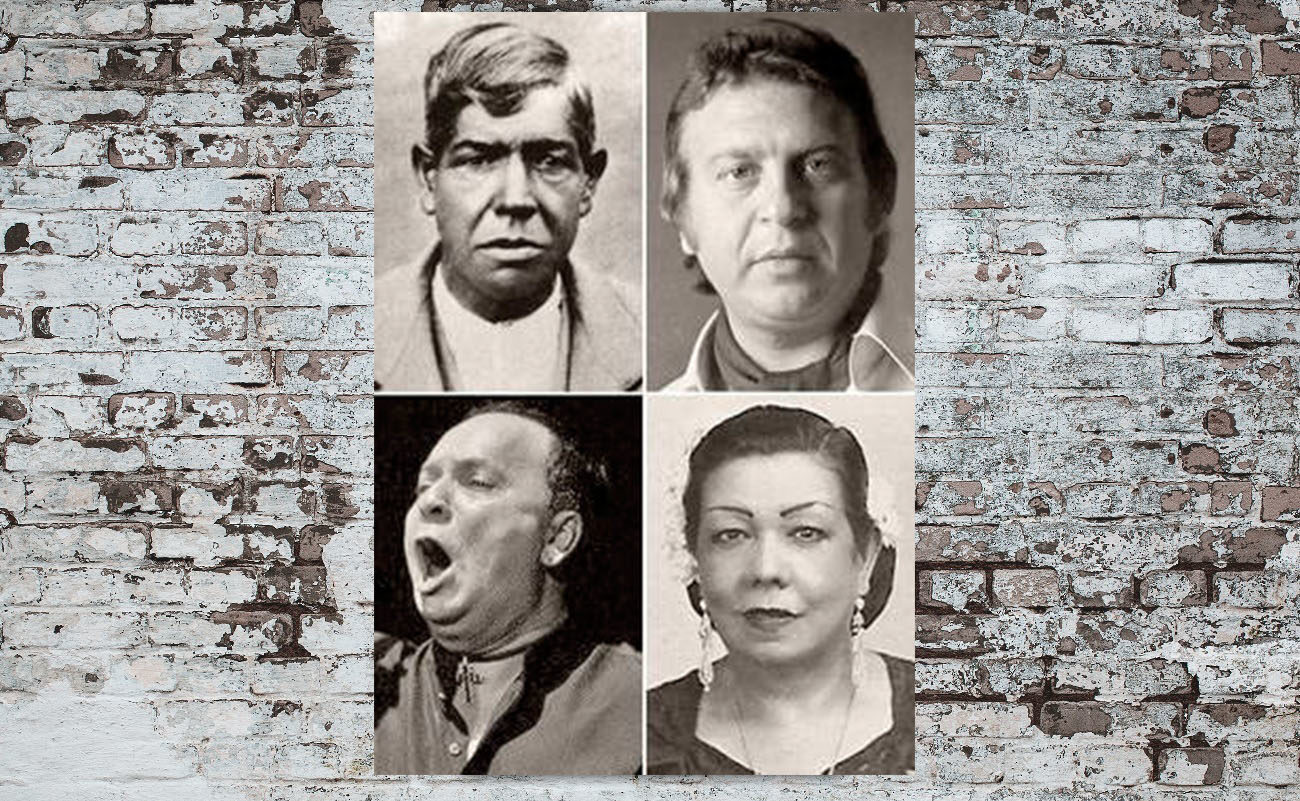Creators and performers of cante
Some readers have complained that I seldom discuss cante in my articles. That’s not true, as cante is the topic I write more often about, perhaps because I like to sing and wanted to become a professional cantaor, and because I am passionate when I talk about cante among friends. Maybe what they meant to say was that I seldom get involved in those controversies that arise

Some readers have complained that I seldom discuss cante in my articles. That’s not true, as cante is the topic I write more often about, perhaps because I like to sing and wanted to become a professional cantaor, and because I am passionate when I talk about cante among friends. Maybe what they meant to say was that I seldom get involved in those controversies that arise in Facebook about the different styles of cante, its flamenco schools, the variants of each palo, their creators, etc. I used to discuss those topics extensively when I directed and presented a radio show in Seville, because I could illustrate the different opinions playing records and the listeners could participate live and also give their opinions. Yes, that was fun. I enjoy talking about cante with a record player at hand or when I socialize with cantaores.
There is one subject I’d like to address today, to start the week proposing topics for a healthy debate: the personal styles of canteattributed to some or other cantaores, particularly artists from a century ago, as if contemporary cantaoreshad never created anything. One example: Joaquín el de la Paula (Alcalá de Guadaíra, 1875-1933) is considered by critics and analysts to have been the creator of more soleás than the renowned Sarneta de Jerez. Yet, according to his son, of all the cantes attributed to him, only one was really his own creation. Juraco certainly created one or more cantes, but since he was not Gypsy (although he reportedly was a great cantaor, on par with Silverio and Curro Dulce) then he gets credit for nothing. José Ordóñez, Juraco, was a cantaor from Alcalá who performed in the mid 1800s in Seville’s dance halls together with Lorente, Silverio, Perea y Sartorio.
I’ve never quite believed that there were so many creators and composers in the 19th century, but none in our days. Gypsy or not. People would say seguiriyas “de Paco Luz”, but we never hear anyone saying tangos, alegrías, rondeñas or granaínas “de Morente”. How much music was created by Juan El Lebrijano, to name another example of a creative and very unique cantaor? Has anyone counted how many bulerías, tangos or cantiñas he created? Well, no, because the great creator is considered to be Popá Pinini instead, the grandfather of Fernanda, Bernarda and Miguel Funi. Pinini’s cantiña (beautiful and very flamenca, by the way) is almost as good as a composition by Mozart. Yet, was it really created by Pinini, or was it just one cante that was performed among his family, in Utrera or Lebrija, which he then performed with his unique style?
You can be sure of this: a century from now, people will be talking about the alegrías, tangos, soleares or cantiñas “de El Pele”. When Frijones was alive, no one would acknowledge his creative abilities. Yet, after he died in 1917, if anyone sang the way he did, people would say “Olé! El cante de Frijones!”. Then, little by little, that cantaor, who performed more often in jails than on stages, became regarded as the Schumann of cante. On the other hand, people say that all that Niña de los Peines ever sang was created by someone else: the petenera “de Medina”; the tangos “de Triana”; the seguiriyas “de Paco la Luz” and “de El Ciego La Peña”; the fandangos “de El Pinto”; the soleares “de La Sarneta” and “de La Gilica”; and the bambera “of the people”. How would it be possible that a cantaora with such talent, sense of compás and musicality, tempo, etc., would have never been able to create anything? Yet, no, the great creative genius is considered to be La Andonda, instead.
I’d love to talk about this all, rather than write about it, but in a good cultural radio or TV show. I’d even like to create a discographic collection to put order in all this chaos about the creators and performers. I’d definitely get some artists down from their pedestals, and get others up. Because instead of repeating all that everyone else says, I rather play boules. It’s my turn.




